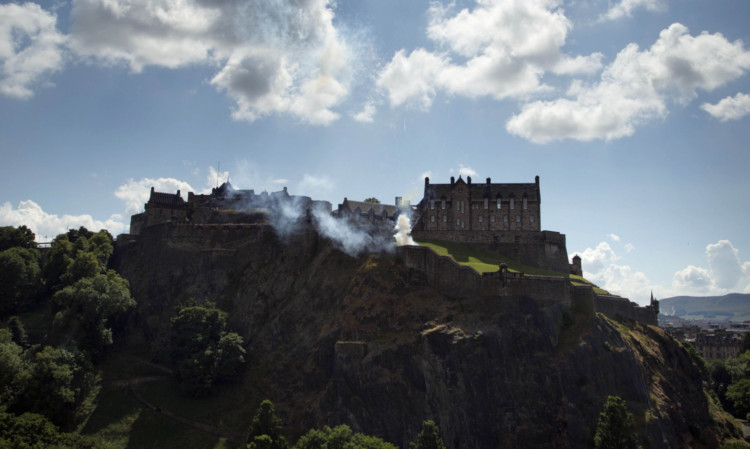Scotland attracted 2.2 million overseas visitors last year, generating a £1.4 billion boost to its economy, according to a tourism body.
Tourists from the US were the most numerous, with 324,000 spending a total of £274 million. Scotland drew 281,000 visitors from Germany and 174,000 from France over the same period, a report by VisitScotland said.
Edinburgh and the Lothians was the number one destination for international travellers, coming top in visitor numbers, spend and hotel occupancy.
Glasgow and Clyde Valley was the second most popular area, followed by the Highlands and Islands. Scotland’s visitor hotspots are also revealed in the latest data.
The top attraction was Strathclyde Country Park with 5.5 million people visiting the 400-hectare site between Hamilton and Motherwell in North Lanarkshire.
In Edinburgh almost 1.9 million people visited National Museum of Scotland and 1.2 million passed through the gates of Edinburgh Castle.
Glasgow’s Riverside Museum and Kelvingrove Art Gallery and Museum both attracted more than a million visitors.
Elsewhere in Scotland, 1.1 million people flocked to the shores of Loch Lomond and more than a million visited Dean Castle Country Park in Kilmarnock, East Ayrshire.
Mike Cantlay, chairman of VisitScotland, said: “The Tourism in Scotland’s Regions 2012 report is incredibly useful as it allows us to gain an insight into our visitors, their activities and how they are likely to spend their money.
“This, in turn, gives us the ability to engineer our award-winning marketing activity to suit their needs; something which is of vital importance as we prepare to welcome the world in 2014.”
